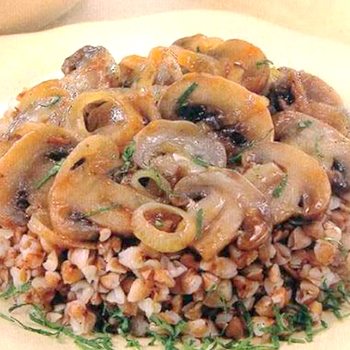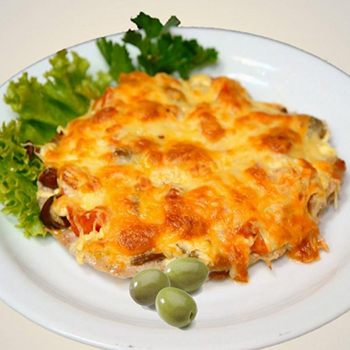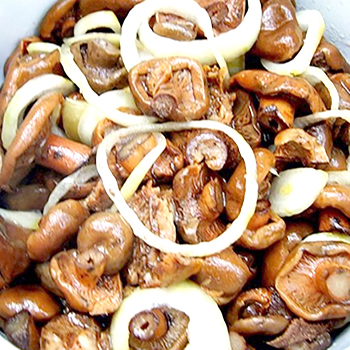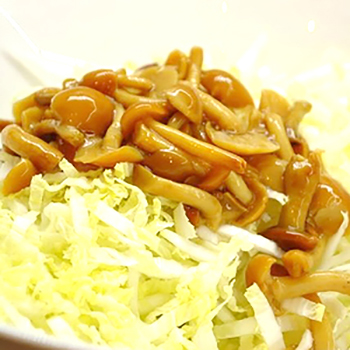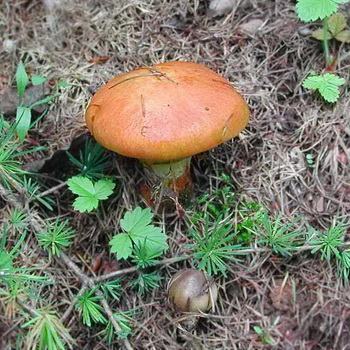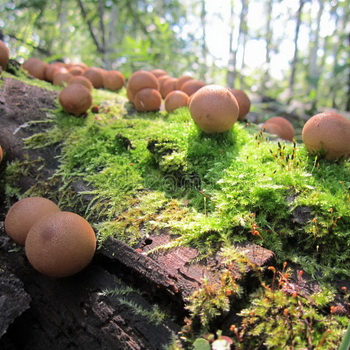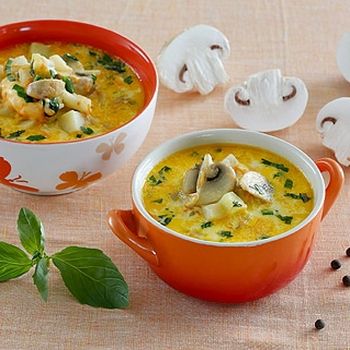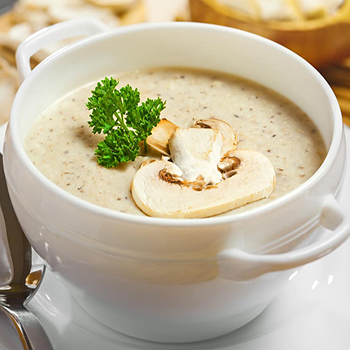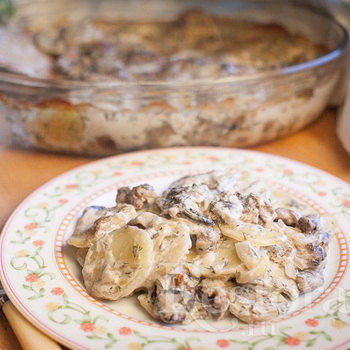Meadow mushrooms: photo and description of what they look like, when to collect
 Meadow mushrooms (Marasmius oreades) often called non-nippers, marasmius, meadows, or cloves. After adding water to dried mushrooms, they come to life again and can produce spores. Many mushroom pickers had the opportunity to observe the picture when, after the rain, dry mushrooms "came to life" again and continued to bear fruit.
Meadow mushrooms (Marasmius oreades) often called non-nippers, marasmius, meadows, or cloves. After adding water to dried mushrooms, they come to life again and can produce spores. Many mushroom pickers had the opportunity to observe the picture when, after the rain, dry mushrooms "came to life" again and continued to bear fruit.
Below you can familiarize yourself with a photo and description of meadow mushrooms, find out how they look and when to pick these mushrooms.
What meadow mushrooms look like
Category: edible.
The hat (diameter 3-9 cm) is ocher, red-brown or yellowish. In dry weather, the cap of the meadow honey fungus fade to a light brown or cream color, in wet weather it becomes sticky and sticky. It has the shape of a hemisphere with a small central tubercle, which eventually changes to a slightly convex or almost prostrate. The edges are uneven and ribbed, almost transparent, paler than the center.


The photo shows what meadow mushrooms look like: the leg of these mushrooms, 4-11 cm high, is thin and winding, has a cylindrical shape and tapers slightly from bottom to top. It is velvety to the touch, with a slight mealy bloom. The color rarely differs from the cap.


Plates: ocher or light cream. In young mushrooms, they grow tightly to the stem, in old ones, on the contrary, they are free.


Pulp: thin, white or yellowish in color, which does not change when cut and interacting with air. The scent is reminiscent of bitter almonds or cloves.
Twins of the mushroom meadow honey fungus: young poisonous whitish talker (Clitocybe dealbata) and the wood-loving collybia (Collybia dryophila). But talkers do not have a tubercle on the cap and the smell of pulp is mealy. And the colibia has very frequent records and an extremely unpleasant smell.
When to collect meadow mushrooms and their use
Meadow mushrooms can be harvested when the weather is stable and warm: from late May to mid-October. These mushrooms grow in the countries of Eurasia, North Africa and America. On the territory of Russia - in the North Caucasus and in Primorye.

Where can I find: exclusively in open spaces - meadows, pastures, fields and forest edges.
When using meadow mushrooms in food, cooks use only hats, since the legs are very hard.
The use of meadow mushrooms in traditional medicine (data not confirmed and not clinically tested!): tincture of meadow honey contains a large amount of marasmic acid, effective in the fight against many bacteria, in particular Staphylococcus aureus.

